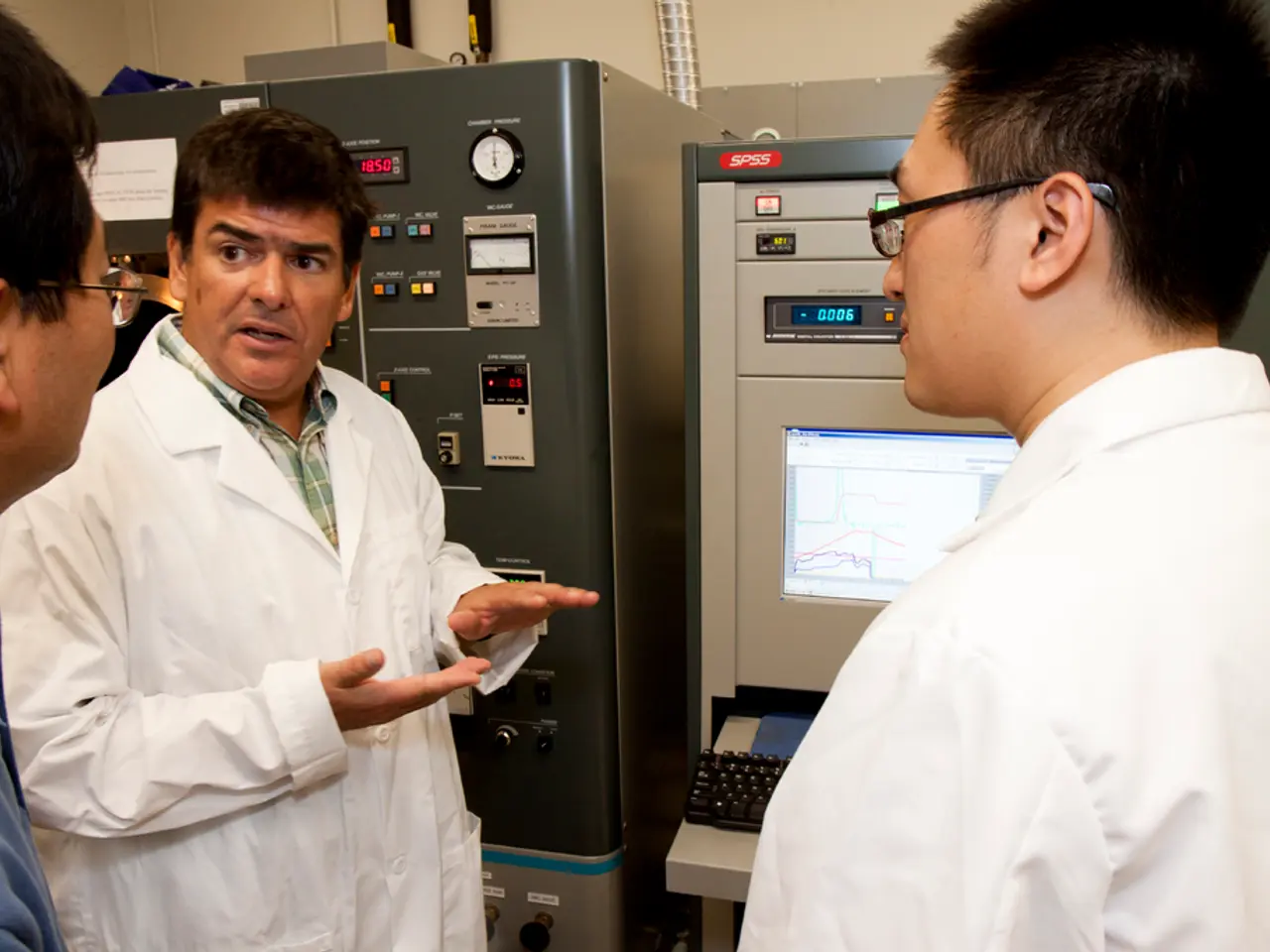Leveraging AI to its Fullest: Blending Human Wisdom and Artificial Intelligence
In the ever-evolving world of technology, the integration of human intelligence and machine learning holds immense promise for solving complex, multidimensional problems. Machine learning, a method that teaches computers to learn from data, much like how humans learn, is playing an increasingly significant role in various fields such as design, music, healthcare, and environmental conservation.
However, despite advancements, machines lack the nuanced understanding and flexible problem-solving capabilities inherent to humans. This is where human collaboration comes into play, especially in techniques like supervised learning. In this approach, humans guide algorithms by labeling data, setting rules, and making adjustments based on outcomes.
The synergy between humans and AI can lead to groundbreaking innovations. By combining the unique strengths of human intuition and machine efficiency, we can overcome current limitations, address ethical concerns, and pave the way for a future where AI enhances every aspect of human life.
Key techniques and strategies for enhancing human-AI collaboration in machine learning focus on combining the complementary strengths of humans and AI systems to maximize efficiency, trust, and problem-solving efficacy.
One such approach is the Human-in-the-loop (HITL) framework, where humans are part of the iterative cycle of AI training. In this model, humans provide feedback to fine-tune AI models, ensuring that they remain aligned with human values and objectives.
Another strategy is Active Learning, where AI algorithms select the most informative data points for human annotation, optimizing the learning process.
Embedding a governance layer at the platform level is also crucial. This ensures AI systems align with ethical standards, business policies, and can be supervised continuously rather than as a one-off task.
Agentic AI integration is another key approach. These autonomous systems handle routine, time-consuming tasks but continuously learn from human feedback and data to improve. By freeing humans from monotonous duties, they can focus on complex, interpersonal, or creative tasks, improving efficiency and decision quality in real time.
Interactive and iterative collaboration, especially in scientific and complex domains like quantum physics, is another essential aspect of human-AI collaboration. In this approach, human experts engage in back-and-forth dialogues with AI/ML models. Humans provide domain knowledge and interpret AI suggestions, while AI offers data-driven hypotheses or pattern discovery beyond human scale—tackling problems neither can solve alone.
Effective human-AI collaboration requires integrated perspectives from natural language processing, human-computer interaction, social sciences, and learning sciences to set explicit collaboration goals, evaluate models accordingly, and consider societal impacts for responsible deployment.
Together, these strategies create a framework where AI augments human capabilities, supports decision-making with continuous human oversight, allows collaborative problem-solving, and enforces governance—maximizing benefits while mitigating risks in machine learning applications.
This collaboration can foster a more inclusive, thoughtful, and ethical approach to innovation. Approaching AI development with mindfulness and respect for diversity ensures that technological advancements are inclusive and equitable.
In conclusion, the role of human collaboration cannot be overstated in the exploration of machine learning and its implications for the future. The aim is to explore how collaborative efforts between humans and machines can usher in a new era of technological innovation, one that is not only technologically advanced but also ethically sound and inclusive.
Cloud solutions that employ artificial-intelligence can leverage the Human-in-the-loop (HITL) framework, ensuring human values and objectives are maintained while AI models are fine-tuned through human feedback.
Effective human-AI collaboration, as seen in Active Learning and AGI integration, can allow for more efficient problem-solving by Optimizing data selection and offloading monotonous tasks, freeing humans to focus on creative or complex tasks.




